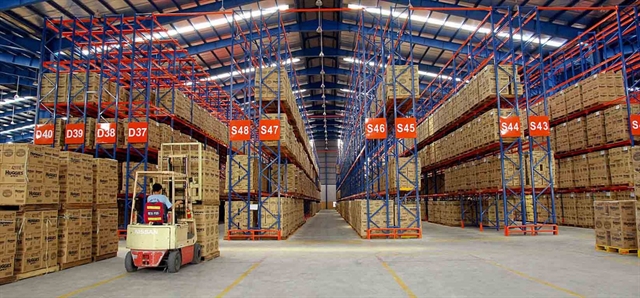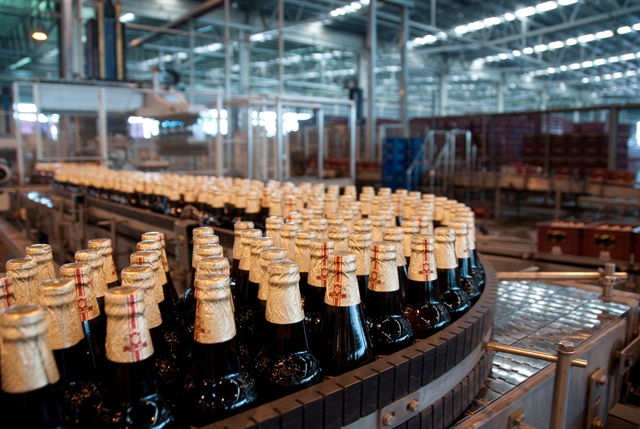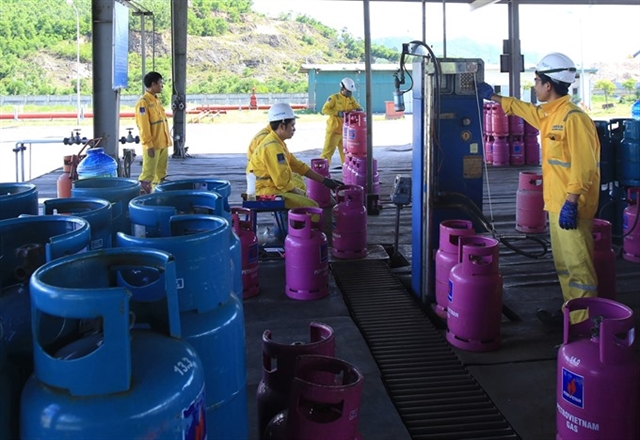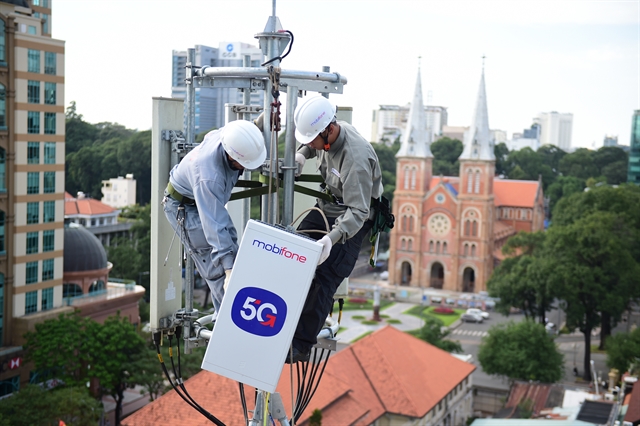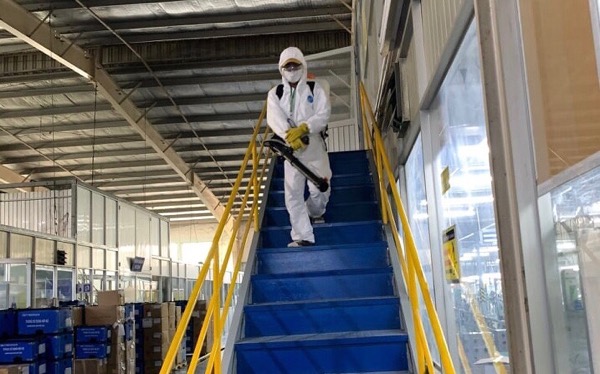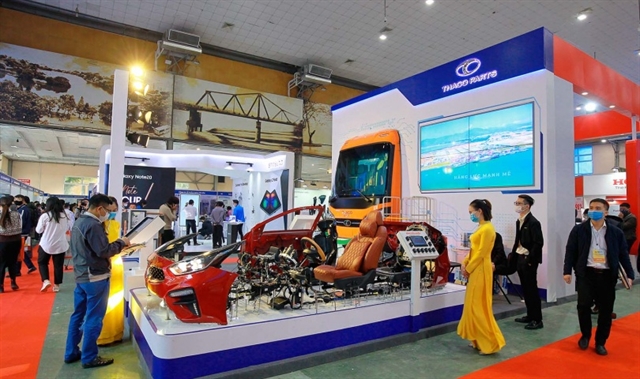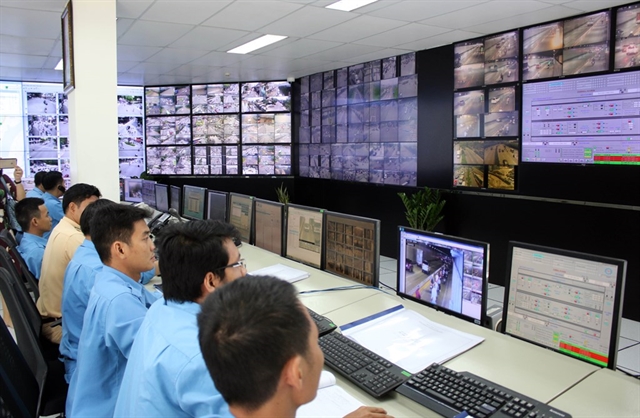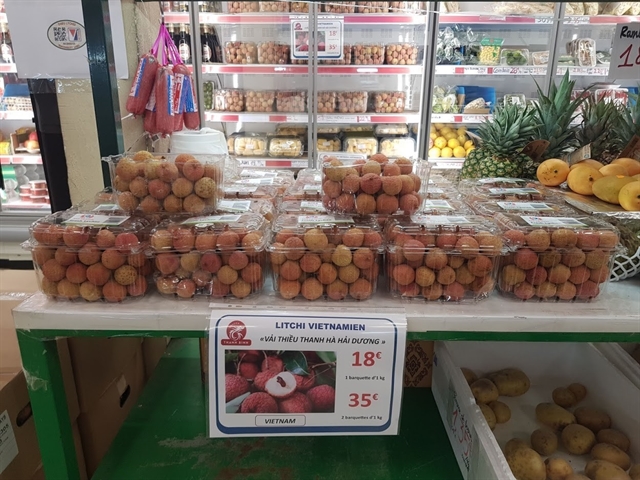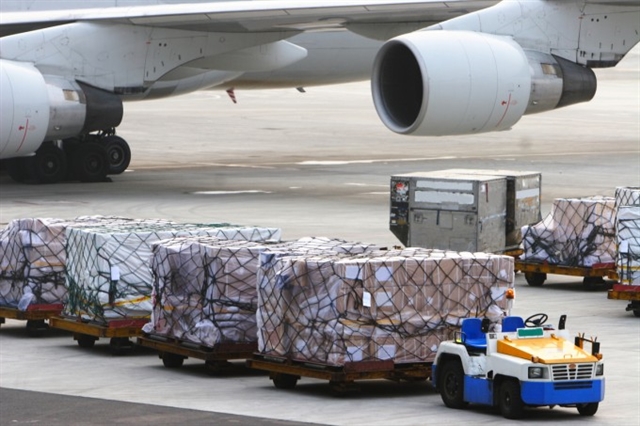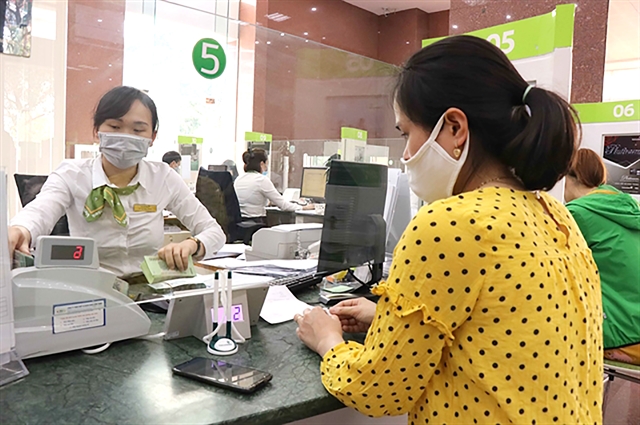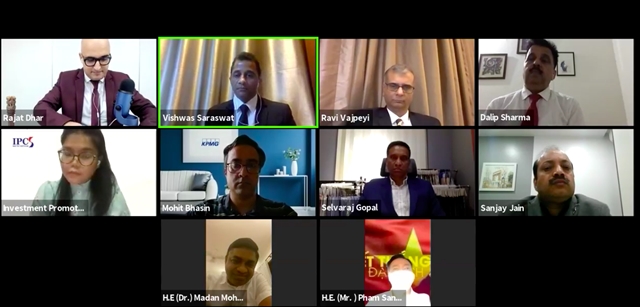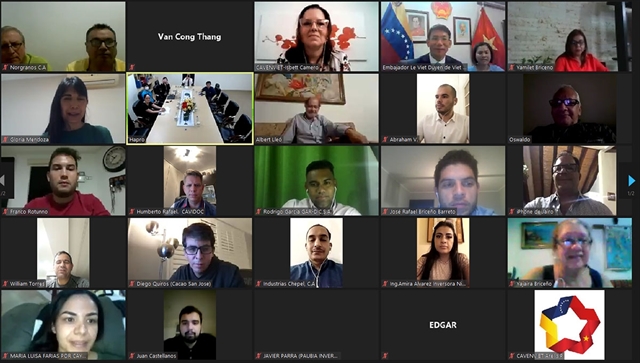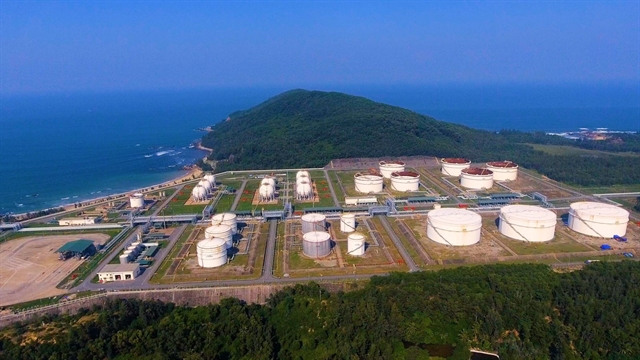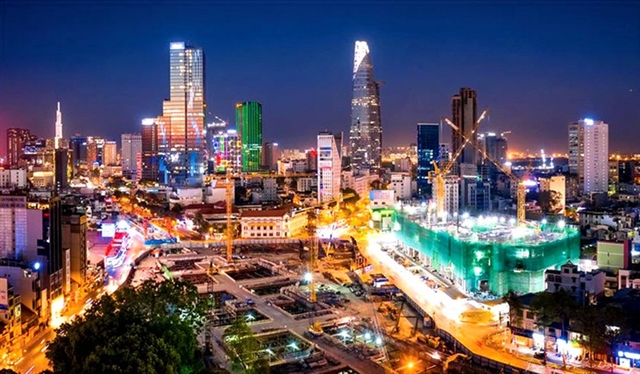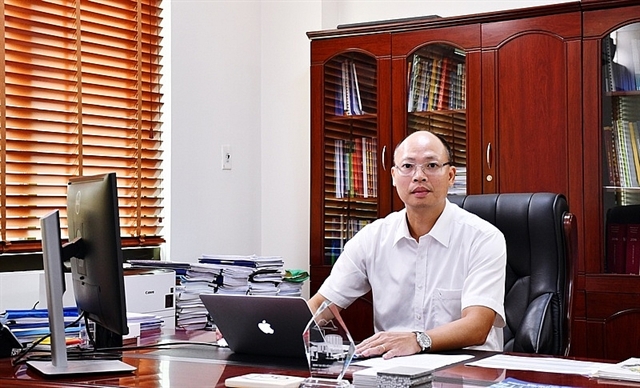
Associate Professor Dr. Lê Trung Thành, head of the Vietnam Institute for Building Materials under the Ministry of Construction discusses the development of Việt Nam's eco-friendly construction materials and solutions to help the sector become sustainable in the future.
Ten years after the Prime Minister's Decree 567/ QĐ-TTg on the development of Việt Nam's eco-friendly construction materials until 2020, what has the sector achieved?
The sector has made significant progress. Firms have invested in modern technology and machinery to produce a wide variety of products. By the end of 2019, there were over 2,000 adobe brick factories in the country with a total annual output of 12.6 billion units, which accounted for over 30 per cent market share, a largely improved position compared with just eight per cent in 2010.
Also, there were over 1,400 concrete brick factories with a total output of 9.4 billion units annually, most of them employed modern technology and production methods, which help produce high-quality products.
Advanced construction materials, including autoclaved aerated concrete (AAC), are being produced by domestic firms such as Viglacera and Tân Kỷ Nguyên with a total output of 800,000 m3 annually. Relatively new products such as acotec partition panels are being produced within the country at an annual output of 3.2-4.5 million m3 with VinGroup leading the field with eight production lines.
Not unlike other sectors, construction materials have also been hit hard by the pandemic. By the end of last year, a large number of firms, mostly small-to-medium in size, were forced to close due to plummeting demand. Our most recent report showed just over 1,600 firms remained operational with many having to cut back on production to stay afloat.
What can be done to support the remaining firms?
We must introduce more support policies including tax cuts for eco-friendly firms. At the same time, heavier tax burdens must be put on traditional production methods to encourage firms to move away from them and help level the playing field as it's typically more expensive for firms to implement new technology and machinery.
Governmental agencies must step up on quality control for construction materials. Severe penalties should be handed out to violators. For this to be a viable path, officials must seek to improve their knowledge on quality indexes for different materials. We strongly advise officials to attend regular training on such topics as the sector is changing rapidly.
There has been a growing trend toward using more eco-friendly materials in construction globally. Are Vietnamese firms ready to adapt to this?
We expect to see major changes taking place within the sector in the near future. Eco-friendly materials and energy saving are the name of the game and this is in line with society's approach to balance socio-economic development and the preservation of natural habitats.
Construction materials can no longer be just extracted from nature entirely. Greater efforts in reducing the burden on natural resources and recycling used materials, as well as everyday waste, have been seen taking place all over the world.
Vietnam Green Label, a governmental ecolabeling scheme established by the Ministry of Natural Resources and Environment in 2009, has set up 17 standard indexes. Two of which were dedicated to rating the level of eco-friendliness for paint and ceramic construction materials. Two additional indexes for concrete and bathroom ceramics have also been introduced by the Ministry of Construction.
We hope this will put pressure on firms to seek out new and more eco-friendly technology and production methods, which help us preserve natural resources and reduce energy consumption. - VNS
